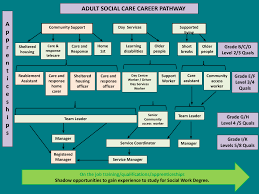
It can be difficult to return to work after a long absence. It is important to plan your daily commute as well as the hours and safety procedures of your workplace in order to ease your transition. It is possible to create a routine before you return to work. These steps will help make sure you are prepared and confident for the new job.
In-person meetings
In-person meetings will become more common, as travel restrictions have eased and meeting requirements are being relaxed. They remain below levels before the pandemic. Future-looking leaders are helping define what is normal. After two years of working virtually, the first person-to-person meeting will likely bring relief but also anxiety to a team that has been virtual for nearly two years.
Virtual meetings can also come with significant drawbacks. Virtual meetings might not be able to allow participants to see non-verbal cues which make up 80 percent of human communication. Also, virtual meetings can exclude people who have different communication styles. A Harvard Business Review study revealed that virtual meetings can be more welcoming for people who are comfortable sharing their opinions.

Flexible policy for returning to the office
The Bank of England says it will not make a u-turn on its flexible return-to-office policy. It cites individual circumstances and health concerns as reasons. Canva is now offering flexible work arrangements for its employees. The company will put emphasis on flexibility, and no formal rules will apply to office attendance.
Flexible work arrangements are more likely to attract the best talent. However, the plan may not be universally loved by employees. 94% say they would prefer more flexibility regarding their location and their schedule, but two-thirds say they are limited or not allowed to adjust their hours.
Socializing reduces employee theft
However, socializing isn't the only problem. When employees are distracted, they can be tempted to use company time to run their side businesses or to socialize with their co-workers. Time theft is a serious problem in many workplaces, and it is often difficult to identify the culprits. Employers can limit the possibility of time theft if they offer flexible scheduling options to employees.
This crime is so common that it has been a leading cause of business failures. In reality, this type of theft costs businesses billions of dollar each year. According to one estimate, over 7% of U.S. businesses go out of business due to employee theft. A third of all employees have stolen money from their employer at some point. Moreover, employees are responsible for more than two-thirds (63%) of all cyber attacks.

Restricted access
The results of employees returning to work from time off have varied across organizations. Some organizations found it difficult managing the chaos, while others discovered a larger talent pool. While many organizations may be happy to have an employee who can work from home on occasion, there are other factors that need to be considered before allowing employees to work from home regularly.
Nearly three-quarters of all ten companies use some form of remote work. Another third plan on continuing to hire full-time staff members on-site. Half of the remaining plans are to switch to hybrid models.